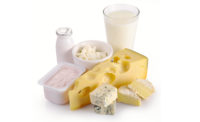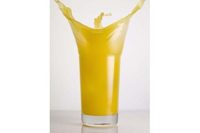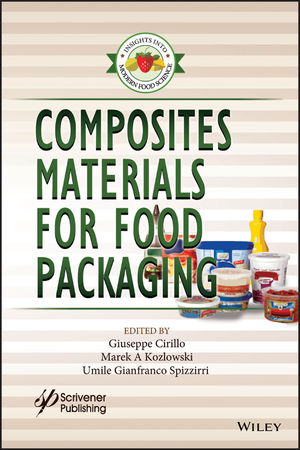Here are four packaging trends to consider for 2020.
- Reduce/re-use/recycle
You can’t go through a day without seeing a news story or a press release about problems with plastic packaging. After a year of debate, it is clear that there is no simple answer to resolving these issues.
However, everyone is in agreeance that designers, processors, recycling equipment owners, material recovery facilities (MRF), cities/states, schools and citizens must work together to improve recycling rates, increase use of post-consumer resins (PCR) and address current recycling infrastructure challenges.
For example, the cities that created educational programs for their communities about what can be recycled and what can’t be recycled have decreased contamination found in the stream. Also, MRFs are adding new equipment with sorting robotics to reduce contamination. It’s still up for discussion on whether or not plastic bans are effective motivators or are producing desired results.
- E-commerce
The industry can no longer ignore the increase in e-commerce orders for packaged products or the new requirements from companies ensuring that a container arrives to its final destination without damage.
Amazon implemented a 3-foot drop test for liquid packaging, where the package in question must be dropped onto a hard surface without breaking or leaking. The drop test consists of five drops—flat on base, flat on top, flat on longest side and flat on shortest side.
There is also a problem with products that have too much packaging. Consumers currently consider over-engineered packages as “environmentally unfriendly.” However, going too far in the other direction with too little packaging will make a brand look cheap.
This is why it’s critical for companies to spend extra time to find the right partner to help meet e-commerce guidelines, so they don’t need to go back to the drawing board more than once.
- Packaging made from PCR
Many packaging brands are adding more PCR to their current product lines. However, the biggest challenge using PCR materials is to make sure it looks as great as the packaging currently on the shelves. Why? PCR material often has a grey/yellow tint, black flecks and/or gels in the resin that makes it difficult for the processor to produce a truly clear container or to match the brand colors exactly compared to those products made from virgin resins.
Fortunately, some PCRs and color companies are meeting these challenges by partnering and deploying new colorant technologies like the G-Series. The patented G-Series is a highly loaded coloring solution that more easily overcomes the color variation inherent in most PCR. This type of ongoing development work coupled with continued innovation from color houses will be necessary to produce a package that delivers on packaging companies’ sustainability goals without compromising a product’s aesthetics or performance.
- Packaging supply partners
Because of the current challenges with supply chains due to new tariffs and a slowing global economy, companies are rethinking their current strategy, and packaging executives are looking for new value-add packaging supply partners.
What are the qualities executives should be looking for in a new partner?
Be on the lookout for a core group of packaging supply companies that have been investing heavily over the past five years in their customer service departments, improving manufacturing processes and maintaining a “real” culture of innovation.
Here are four questions to ask a potential partner to determine if they are really a forward-moving company:
1- Are they investing in R&D at an above-market percentage?
2- Do they have the ability to do rapid prototyping?
3- Does their balance sheet allow for investment in new equipment, automation or other key process improvement initiatives?
4- Do they have success stories? Are their current customers their biggest fan?









